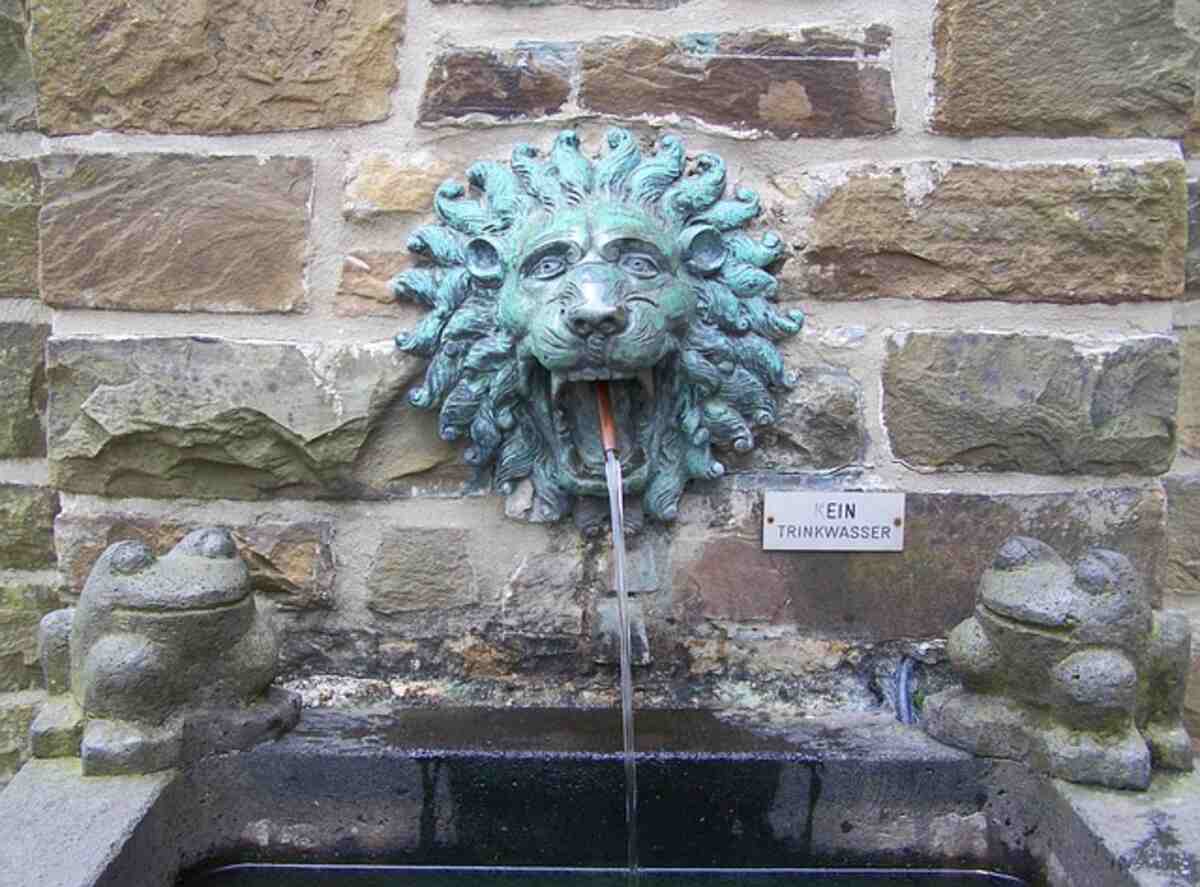Whether dealing with drainage issues in your backyard or a business parking lot, a catch basin installation is often the best solution. Due to flat terrain that does not drain properly or soils that will not absorb the surface water, many people have issues with standing water on their properties. The planting soils of a garden or lawn can be ruined by ponding water that collects in low regions. Wet garden soil turns to sludge and can damage your plants, and soggy lawns can’t be mowed. Putting in a catch basin that can collect and drain out the water is a simple solution. It would be excellent to connect your catch basin to a pipe leading to a drainage ditch. If that doesn’t work, there are other options available.
There is a wide range of catch basins available. The use of concrete, plastic, and PVC is widespread. You can build a larger catch basin out of masonry units if you don’t have access to the region with heavy equipment to load and set it. The size of the catch basin required is proportional to the severity of the ponding problem. A modest PVC basin with a two-foot diameter may be adequate if the situation arises seldom, and a drainage outlet pipe can be set up. They are lightweight enough to be carried by hand, simple enough to set up, and tough enough to withstand being run over by a lawn tractor. This tiny basin has an exit line allowing the water to drain quickly. If the water issue is more serious, a precast concrete basin could be necessary.
Because of their weight, it takes big gear to move and install precast concrete basins. You’ll need to dig a sizable hole so a medium-sized backhoe can lift and place the basin. Twenty-four inches is the shortest I’ve seen a catch basin be, and the deepest one I’ve seen is thirty. Not worth the trouble if an outlet pipe can’t be installed because a larger basin, say three feet square and three feet deep, will hold much more water. To collect rainfall during a storm and slowly drain it back into the earth, you can have a drainage hole cast into the bottom of your non-outlet basin. The quickest flow of water into the bay can be achieved using a grate that is 24 inches in diameter and is available from most precast manufacturers. They are built to last forever. The proper parking lot or driveway equipment is an H20 loading basin with a cover. These types can support the weight of a car.
The method of installing a basin is simple. The final basin and lid must be somewhat lower than the surrounding grade or paved surfaces if no outlet pipe is installed. Backfilling this design will direct water to the bay because of the natural slope. When placing an outflow pipe, it is essential to ensure the hole in the basin is correctly oriented.
Consider the basin’s height, the lid’s size, and the thickness of the stone you plan to use to line the bottom of the bay while making your calculations. A stone base at least six inches thick can support the weight of a large catch basin. A stone thickness of at least two feet is recommended when installing a bay with a bottom drain. This will provide more “storage” for water until the ground can absorb it. You can now begin digging once you have this overall measurement in hand. The recommended depth for the top of the lid to be below the surrounding area is two inches.
Work cautiously near a precast basin. Never, ever, ever go under the sink. If you need to rake the gravel again after you’ve laid it, do so from outside the hole by lifting the basin entirely out of the hole. When machines’ hydraulic lift cylinders fail, chains and cables break, and you get crushed. Be cautious. If required, lift it in and out of the way five times to clear the space.
Check the basin’s level in two directions using a reliable four-foot hand level once the gravel is level and the bay is in place. When you’re ready to backfill around your catch basin, cover it with plywood to keep dirt from falling in. Settlement can be significantly reduced if the ground is compacted as work progresses.
After heavy rain, regrade the area around the basin to create a smooth gradient leading to the new catch basin cover.
Ackerson, Pete
Pete has been a building inspector for more than 30 years and has worked in both the public and private sectors. He has experience in both the office of building design and the field of construction in the Eastern United States, having worked on a wide range of projects from schools to treatment plants, individual residences, and condo projects to major residential landscaping projects. He and two other inspectors started the software company Wagsys LLC in 2006 to serve local governments’ building departments, planning boards, and zoning boards of appeals.
Read also: https://mycheapseo.com/category/technology/
